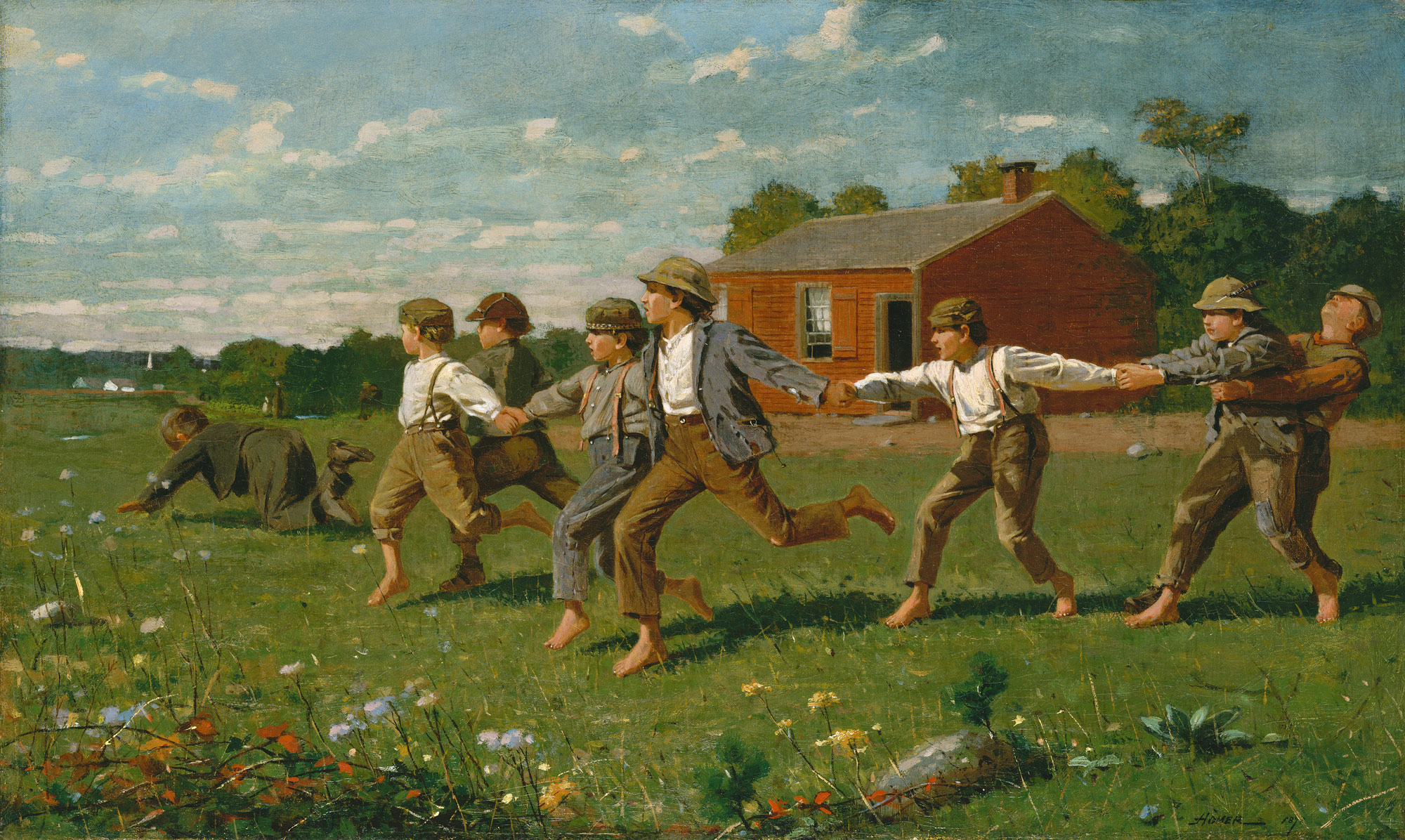Below are the transmediation links and contexts described in the chapter, "Re-Visioning the American Literature Survey for Teachers and Other Wide-Awake Humans," in the forthcoming collection, Teaching the Literature Survey Course: New Approaches for College Faculty (West Virginia University Press, 2017).
In the fall of 2016, my campus was victim to multiple incidents of racist vandalism targeting African American students: epithets and threats spray-painted and hand-scrawled on the walls of classroom buildings, in several dorms, and on the elevators, including one a week before the November election-- “N****** Go Home.”
At a faculty-student rally in a courtyard dedicated to Dr. Martin Luther King, outside the School of Art Building, site of the most recent racist graffiti—an art student’s comment underscored the difficulty students had feeling welcome in either the classrooms or curriculum when encounters with diversity too often fall into catch-all courses or electives and when students and teachers both avoid talking about anything unsettling, falling lazily into the consistency of traditional course content. The result was a pedagogical silence, and growing class absences by African American students, including my own.
Below are the transmediations from early November 2016, used to help students in my class think through their own experiences over their last several weeks in class, on campus, and/or in the world.
Their opening instructions were simply to "look, listen, read, and then look again." I offered them four ways to enter into conversation with these new texts, since the only shared text we had was the imperfect experience of life as Eastern Michigan students in fall 2016:
-a connection to their lives or other texts
-a question about the texts
-a surprise encountered reading, viewing, listening
-an extension to teaching or literary study
The problems of course haven't disappeared, and the invitation is worth taking up again at the end of another semester or whenever readers might be encountering this post.
Look, Listen, Read, and then Look Again.
______
IMAGE 1: Lineage [2008] by Charles McGee (1924-) [Located outside the EMU Student Center]
IMAGE 2: Officer of the Hussars (2007) [On display at the DIA]
Kehinde Wiley (1977-)
LINK to DIA.ORG
MUSIC: "Memphis Blues" (1972) performed by Phineas Newborn, Jr.(1931-1989)
Written [1912] by W.C. Handy (1873-1958)
LINK
TEXT 1: "We Wear the Mask" (1896)
We wear the mask that grins and lies,
It hides our cheeks and shades our eyes,—
This debt we pay to human guile;
With torn and bleeding hearts we smile
And mouth with myriad subtleties,
Why should the world be over-wise,
In counting all our tears and sighs?
Nay, let them only see us, while
We wear the mask.
We smile, but oh great Christ, our cries
To thee from tortured souls arise.
We sing, but oh the clay is vile
Beneath our feet, and long the mile,
But let the world dream otherwise,
We wear the mask!
TEXT 2: "Incident" (1924)
Countee Cullen (1903-1946)
Once riding in old Baltimore,
Heart-filled, head-filled with glee,
I saw a Baltimorean
Keep looking straight at me.
Now I was eight and very small,
And he was no whit bigger,
And so I smiled, but he poked out
His tongue, and called me, 'Nigger.'
I saw the whole of Baltimore
From May until December;
Of all the things that happened there
That's all that I remember.


